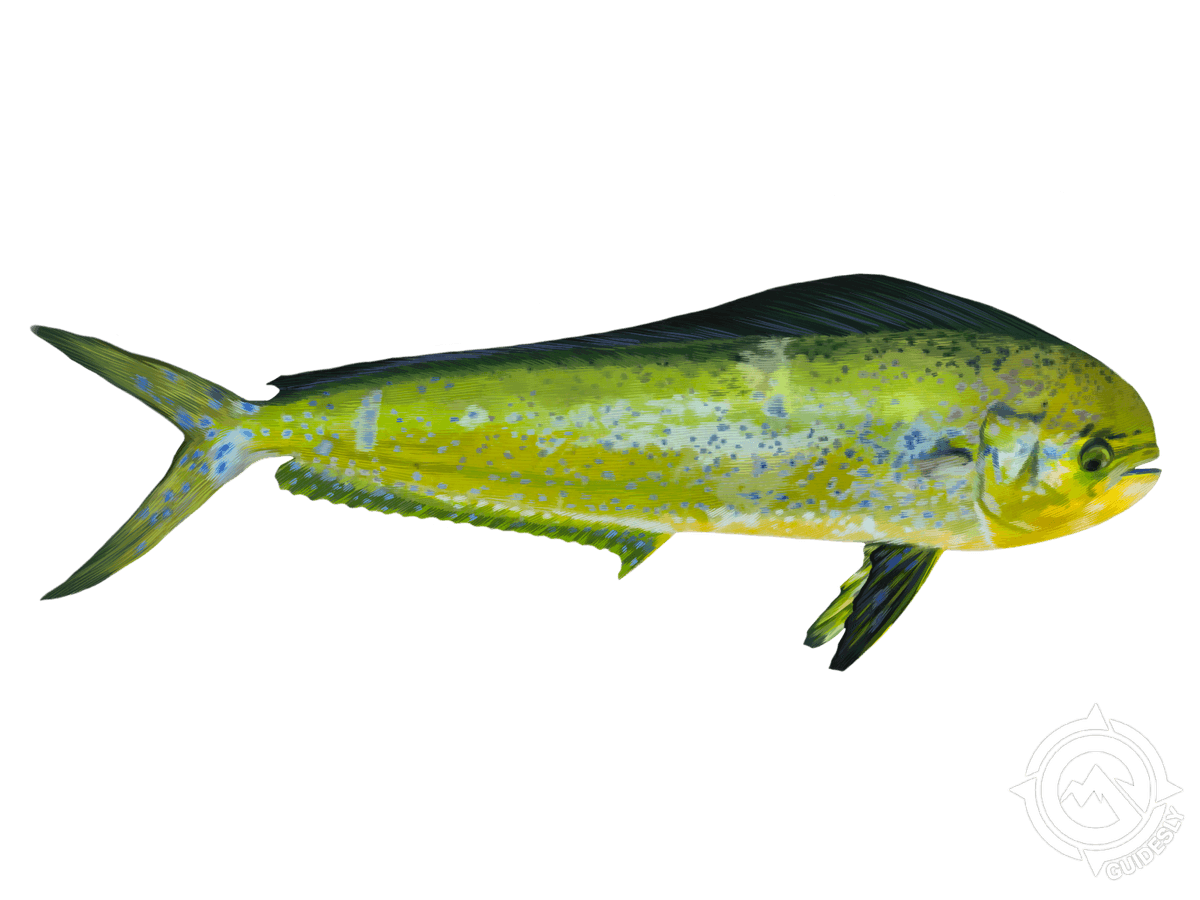Premium 8-Hour Offshore Fishing | Myrtle Beach
- Published Date: July 17, 2025
- Fishing
- Myrtle Beach
- $650 - $1,500 price range
- Updated Date: December 3, 2025
Summary
Spend a full day on the water with Lucky Strike Charters in Myrtle Beach. This 8-hour trip takes you offshore where the big fish play. You'll be targeting some real fighters – sharks, amberjacks, barracuda, mahi-mahi, and king mackerel. The experienced guides know these waters well and use top-notch gear to help you land that trophy catch. With room for up to 6 guests, it's perfect for a group of friends or family looking to test their skills against some of the ocean's toughest opponents. Whether you're a seasoned angler or new to fishing, the crew will make sure you have a great time out there. It's a chance to disconnect from the daily grind and connect with nature. You'll come back with stories to tell and maybe even dinner for the grill. Remember to bring sunscreen, snacks, and your camera – you won't want to miss capturing the action when someone reels in a big one.
%2F%2Fusers%2Fd268a4ef-b105-4a2f-a058-ad531b0720e3%2Fratecard%2F72295482_2462260657190926_776742640753311744_n1.jpg&w=1200&q=75)
Offshore Action Shots
Reel in Thrills: Full Day Myrtle Beach Fishing
Ready to chase some serious fish in Myrtle Beach? Strap in for an 8-hour adventure that'll have you battling big game and making memories. We're talking Sharks, Amberjacks, Barracuda, Mahi Mahi, and King Mackerel – the kind of fish that'll test your skills and give you stories for years. With top-notch gear and guides who know these waters like the back of their hand, you're in for a day of non-stop action. So grab your hat and sunscreen, and let's hit the water!
What's the Day Look Like?
We'll meet up bright and early at the marina, load up the boat, and head out as the sun's coming up. The captain will have the inside scoop on where the fish are biting, so we'll make a beeline for the hotspots. You'll spend the day alternating between trolling for the big ones and bottom fishing for a mixed bag. There's plenty of time to try different techniques and target various species. We'll take breaks when needed, but trust me, with the fish we're after, you won't want to put that rod down for long!
Fishing Know-How
We'll be using a mix of techniques to land our target species. For the speedy predators like King Mackerel and Barracuda, we'll be trolling with live bait or lures. When we're after Amberjacks, we'll drop jigs or live bait to the deeper structures. For Mahi Mahi, we'll look for floating debris and use light tackle for an exciting fight. Shark fishing involves heavy tackle and often some patience, but when that line starts screaming, hold on tight! Don't worry if you're new to these methods – the crew will show you the ropes and have you fishing like a pro in no time.
Species Spotlight
Thresher Shark: These tail-whipping wonders are a real treat to catch. Known for their long, scythe-like tails that they use to stun prey, Threshers can grow up to 20 feet long! They're typically found in deeper waters and put up an impressive fight. Late spring through fall is prime time for Threshers off Myrtle Beach.
King Mackerel: Also known as Kingfish, these speedsters are a favorite among anglers. They're known for their blistering runs and aerial acrobatics when hooked. Kings can reach over 5 feet in length and are most abundant from April to November. Their firm, flavorful meat makes them a prized catch for the dinner table too.
Barracuda: With their menacing teeth and lightning-fast strikes, Barracuda are the stuff of fishing legends. They're ambush predators, often lurking near reefs and wrecks. When they hit, be ready for an explosive fight! You can target them year-round, but summer months are typically best.
Mahi Mahi: Also called Dorado or Dolphinfish, these colorful beauties are a sight to behold. Known for their acrobatic leaps and delicious meat, Mahi Mahi are a favorite among anglers and chefs alike. They're most common from May to September and often found near floating debris or weed lines.
Greater Amberjack: These bruisers of the reef are like underwater linebackers. They're strong, stubborn fighters that will test your stamina and gear. Amberjacks typically hang around deep structures and can be caught year-round, with peak season from April to October. Be ready for a workout when you hook one of these bad boys!
Why Anglers Keep Coming Back
Myrtle Beach isn't just about the beaches and golf courses – it's a serious fishing destination. The variety of species you can target in a single day is incredible. One minute you're battling a hard-fighting Amberjack, the next you're chasing down a school of Mahi Mahi. The thrill of never knowing what might hit your line next keeps anglers coming back year after year. Plus, with experienced captains who know these waters inside and out, your chances of landing that trophy catch go way up.
What to Bring
We've got the fishing gear covered, but there are a few things you'll want to pack. Sunscreen is a must – that Carolina sun can be brutal out on the water. A hat and polarized sunglasses will help you spot fish and cut the glare. Bring some snacks and drinks to keep your energy up, and don't forget a camera to capture your epic catches. Oh, and if you're prone to seasickness, you might want to bring some motion sickness meds, just in case.
Time to Book Your Spot
Look, if you're after a day of serious fishing action, this is the trip for you. We're talking about battling some of the most exciting gamefish in the Atlantic, guided by pros who live and breathe this stuff. Whether you're a seasoned angler looking to test your skills or a newbie wanting to experience the thrill of big game fishing, you're in for a treat. The memories (and fish stories) you'll take home are worth their weight in gold. So what are you waiting for? Grab your crew, pick a date, and let's get out there. The fish are waiting, and trust me, you don't want to miss this!
Learn more about the species
Barracuda
Barracuda are one mean-looking fish, with a long, torpedo body and a mouthful of sharp teeth. Most 'cudas around here run 3-4 feet long, but the big ones can stretch to 6 feet. You'll find them lurking around reefs, wrecks, and other structures in 20-100 feet of water. These ambush predators are lightning fast, able to burst up to 35 mph to snag their prey. Summer's the best time to target them as warmer waters bring them closer to shore. Anglers love 'cudas for their aggressive strikes and aerial acrobatics when hooked. They'll hit just about anything shiny that moves fast. For the best action, I like to use light spinning tackle with a wire leader. Troll a silver spoon or tube lure near the surface, or cast and retrieve quickly around structure. Just watch those teeth when you're unhooking them - they're no joke!

Greater Amberjack
Greater amberjacks are real bruisers, averaging 30-50 pounds but sometimes topping 100. You'll find these powerful fish hanging around reefs and wrecks in 60-240 feet of water. They're a bluish-gray color with a white belly and that telltale amber stripe down the side. AJs are here year-round, but spring and fall tend to be the best seasons. Anglers love targeting them for their incredible strength - they don't call 'em "reef donkeys" for nothing. When you hook an amberjack, be ready for a slugfest. These fish will try to dive back to the structure, so you need heavy gear to turn them. Live bait like blue runners or sardines works great, but they'll also hit jigs and poppers. My local tip: when you find a school, drop a live bait down and hold on tight. The first few seconds after the hit are crucial - you've got to muscle them away from the structure fast.

King Mackerel
King mackerel are a favorite target for many anglers here in Myrtle Beach. These sleek, torpedo-shaped fish typically run 20-40 pounds, though the big ones can top 90. You'll find them cruising in depths of 40-150 feet, often near structures like reefs or wrecks. Kings are known for their blazing speed - they can hit 35 mph when chasing bait fish. Summer and early fall are prime seasons as they migrate along the coast. Anglers love kings for their hard-fighting spirit and tasty meat. When you hook one, be ready for screaming runs and acrobatic jumps. For the best shot at landing a king, I recommend trolling with live bait like menhaden or mullet. Use a wire leader to prevent cutoffs from those razor-sharp teeth. My local tip: look for diving birds to find schools of bait fish - the kings won't be far behind.

Mahi Mahi or Common Dolphinfish
Mahi mahi are one of the most colorful fish you'll see out here. They're a brilliant blue-green on top with gold sides, changing colors like a light show when excited. Most mahi run 15-30 pounds, but the big bulls can top 50. You'll find them in open water, often near floating debris or weed lines. These fish grow fast and spawn year-round, so there's always action to be had. Spring through fall is prime time, with summer being the peak. Mahi are famous for their acrobatic fights and delicious meat. When you hook one, get ready for jumps and long runs. To catch 'em, I like trolling with ballyhoo or squid near the surface. Look for frigate birds working an area - that's a good sign mahi are feeding below. My local tip: when you catch one, keep it in the water. The rest of the school will often stick around, letting you catch multiple fish from the same spot.

Thresher Shark
Thresher sharks are a real sight to see out on the water. These big boys can grow up to 20 feet long, with that distinctive whip-like tail making up nearly half their length. You'll find them cruising the open ocean about 40-50 miles offshore, usually in depths of 60-70 feet. They're fast swimmers, bursting up to 30 mph when chasing prey. Threshers put up an incredible fight - definitely one of the most exciting catches for serious anglers. Spring through fall is prime thresher season here. When you hook one, be ready for an epic battle. These sharks are known for their powerful, acrobatic leaps out of the water. My tip: use a heavy rod with 50-80 lb line and a wire leader. Bait up with fresh mackerel or sardines to improve your chances. Just remember, landing a thresher takes patience and strength - but the thrill is worth it.

About the Key West
%2F%2Fusers%2Fd268a4ef-b105-4a2f-a058-ad531b0720e3%2Fboat_picture%2F17309187_1294848447265492_7994311302566084377_n.jpg&w=1200&q=75)
Vehicle Guest Capacity: 12
Manufacturer Name: Caterpillar
Maximum Cruising Speed: 30
Number of Engines: 1
Horsepower per Engine: 660
Hop aboard for a full day of fishing fun in Myrtle Beach! This 8-hour trip takes you out on the water to chase after some of the most exciting catches around. Leave your worries on shore as you spend the day reeling in sharks, amberjacks, barracuda, mahi mahi, and king mackerel. Our experienced guides know all the best spots and have the gear you need to land the big ones. Whether you're a seasoned angler or new to fishing, you'll have a blast trying your luck against these hard-fighting fish. It's the perfect way to unwind and make some great memories out on the water. Bring your friends or family - we can accommodate up to 6 guests per trip. Don't miss your chance to experience the excitement of Myrtle Beach fishing - book your adventure today!
%2Ffit-in%2F250x250%2Fguide_websites%2F948%2Fimages%2F978001_462802433803435_1625178210_o.png&w=1200&q=100)

%2Ffilters%3Aformat(webp)%2Fa07a7cd7-edbc-4015-b702-9dca9c4d6b1f%2Freport%2Fsocial%2Fimages%2Freport%2Fweathered_seafarer_s_certificate_183072.png&w=768&q=75)
%2Ffilters%3Aformat(webp)%2Fa07a7cd7-edbc-4015-b702-9dca9c4d6b1f%2Freport%2Fsocial%2Fimages%2Freport%2Fsmooth_sailing_ahead_after_544040.png&w=768&q=75)